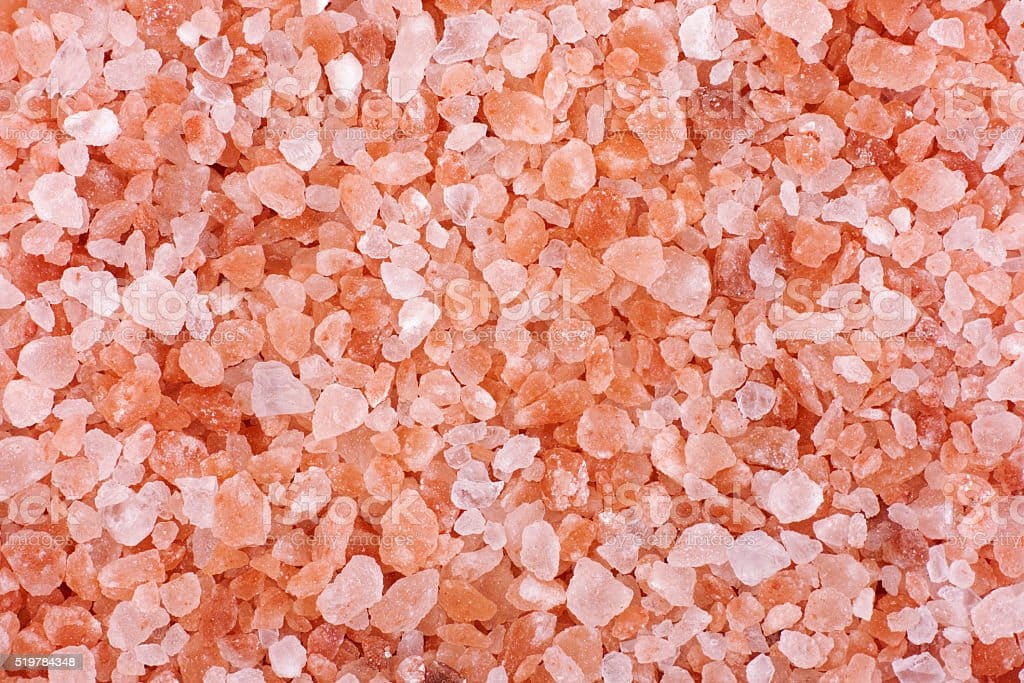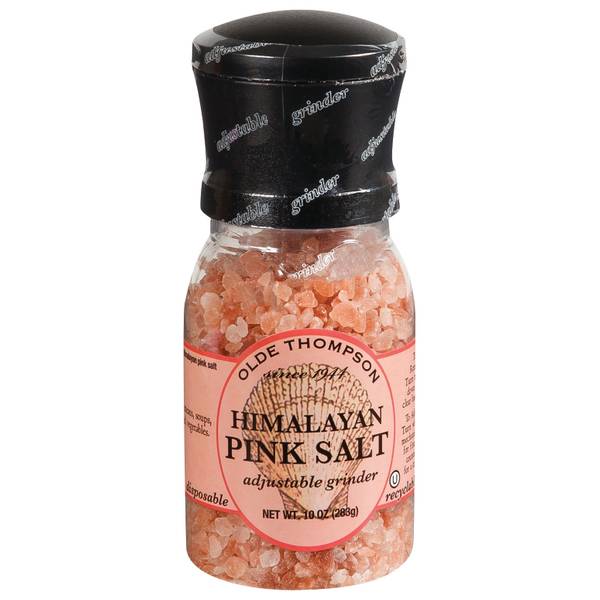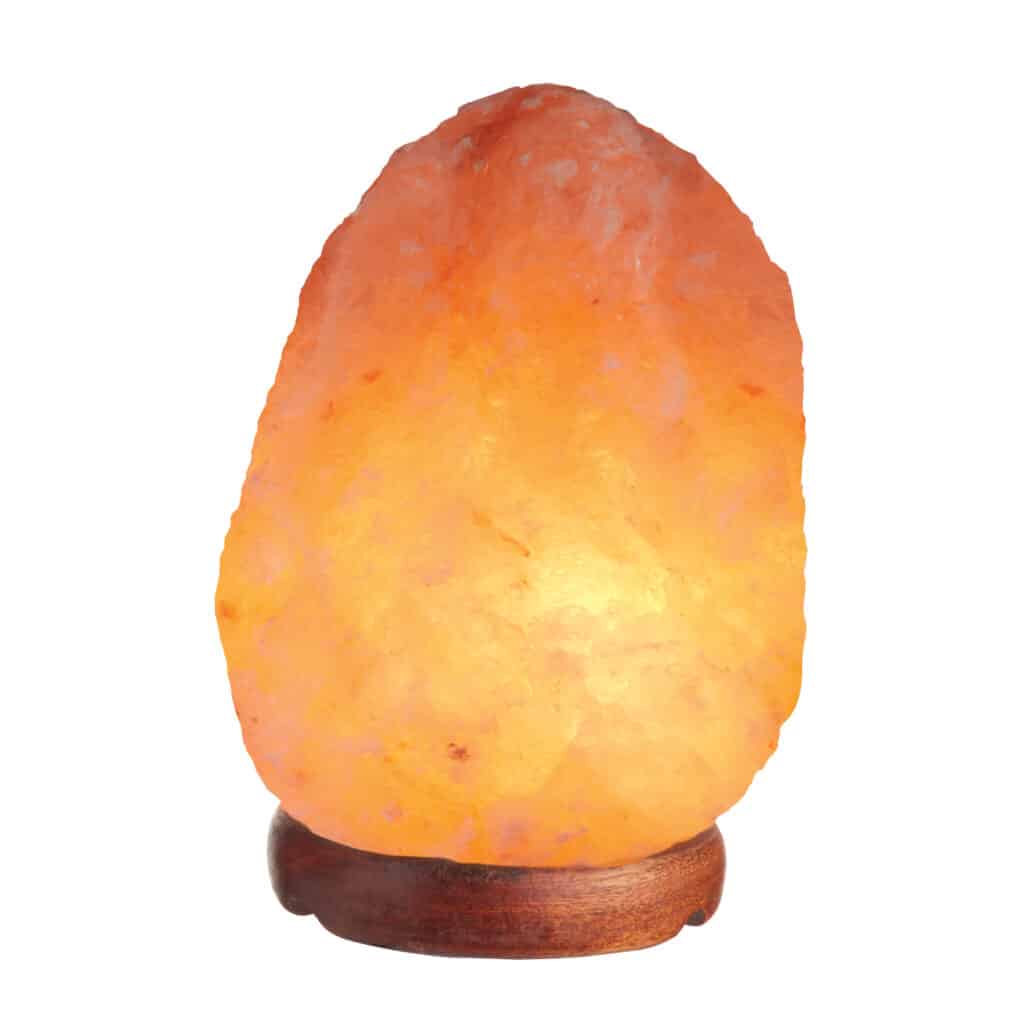What is Pink Himalayan Salt?
Is Pink Himalayan Salt Worth All The Hype? What Are It’s Benefits?
by Brittany Johnson | Contributing Writer | Eternal Affairs Media
You take it on your fries, you cry it out, and even feel like it sometimes. Today we are talking about salt. But not the standard salt on your kitchen table. Instead we are going to dive into the underrated Pink Himalayan Salt and why you should ditch your traditional table salt today.
What is Pink Himalayan Salt?
Himalayan salt, also known as “pink salt”, comes from the Punjab region of Pakistan. It’s found at the foothills of the Himalayas and is mined like a rock salt– but is considered a sea salt. It’s a pretty complex mineral.
Fun fact: Pink Himalayan Salt is sometimes marketed as Jurassic sea salt, even though it was formed earlier than the Jurassic period. When the sea dried up, it left behind salt deposits in the mountains. Giving the world access to one of the coolest “rock stars” ever.
It’s rosy hue comes from the dozens of trace minerals it contains. Depending on how much iron and minerals are present, the color can vary from off-white to a darker pink.
Studies show that it is one of the purest salts available– and it’s pretty versatile too. It comes in various forms such as lamps, blocks, exfoliants, and culinary brines. From its fun color to its lack of additives– it makes this rock a pretty solid choice. Himalayan salt has been mined since the 1200’s– our ancient ancestors were definitely on to something here.
Benefits of Pink Himalayan Salt
Not only is Himalayan pink salt cool to look at, but it can be extremely beneficial to your body.
- Detoxing
Detoxing your body is always a great way to filter out the junk we expose ourselves to. Incorporating Pink Himalayan Salt into your diet is a small step towards a happier body. It contains more than 80 minerals and elements, including potassium, iron and calcium which aid our body’s natural detoxification process and promote the removal of bacteria.
- Lowers Blood Pressure
Is your blood pressure getting higher than the gas prices? Pink Himalayan Salt contains less sodium vs. traditional table salt– making it a great switch if your blood pressure has been on the rise. Since table salt is highly processed, it contains fewer minerals. Switching to Himalayan pink salt gives your body a break because it doesn’t require as much water to clear out the excess sodium. This salt is naturally rich in iodine which allows your body to create an electrolyte balance making it easier for your intestines to absorb nutrients and lowering blood pressure.
Sidenote: Most food companies add iodine artificially to table salt after processing it.
- Improves Digestion
Balance is a biggie if you want your body to cooperate with you. Incorporating Pink Himalayan Salt into your diet will help your pH levels even out due to its high mineral content. The balance will give your body a better shot at a higher immunity and the ability to process and digest food more efficiently.
- Gives You a Good Night’s Rest
Are you plagued by the constant tossing and turning at night? Is 3 am more than just a Matchbox 20 song to you? There is a reason why the majority of us become restless when we should be dreaming about margaritas on the beach. Spoiler alert– it’s your salt intake. Between 2 a.m. and 4 a.m. biochemical reactions that occur due to a high level of stress hormones that flush through our system cause sleep disturbances and interrupt our ability to stay asleep. Studies show that low-sodium diets cause blood volume to decrease in the sympathetic nervous system, which in turn, activates adrenaline and the “fight or flight” response. For an awesome– or better– night’s sleep, try a mix of raw honey and a pinch of Himalayan salt and put it in a cup of tea.
- Aids in Hydration.
Want to replenish after a hard-core post work out? Mix up a cold glass of sea salt and lemon water. Stay with me here. The average adult body is 65% water. When we neglect to drink the strongly recommended 64 ounces a day– which most of us do– our bodies suffer for it. A 2% water drop alone can give us the joyous feeling of fatigue. How can this concoction help? When we work out, we sweat, and then lose minerals, or electrolytes. Drinking water with a pinch of mineral-rich Himalayan salt after a workout can help you regain them and, in turn, your energy and hydration.
- Decrease Stress
If you’re happy and you know it, switch to pink salt. Pink Himalayan Salt is known to increase serotonin levels and restores energy in your body– resulting in a happier you.
- Improved Respiratory Health
Breathe in– breathe out– pass the pink salt. Many believe that salt therapy, which involves the inhalation of air infused with salt, is beneficial for respiratory conditions like chronic obstructive pulmonary disease, or COPD. There isn’t quite enough research to fully support this theory, but scientists have found significant improvements in respondents with COPD who used a dry salt inhaler.
- Healthier Skin
Want to harbor that glow only an Instagram filter can give you? Pink Himalayan Salt is thought to help many skin conditions including eczema– The National Eczema Association recommends adding a cup of salt to bathwater as a relief for eczema flare-ups. Okay, maybe it won’t completely change your appearance, but you could have healthier skin.
- Natural Exfoliator
A great recipe for smoother skin is a little Pink Himalayan Salt and coconut oil or olive oil, add a washcloth, and you’re on your way to smoother softer skin!
- Soothes Sore Muscles
After a long day or workout the best relief is soaking in a hot bubble bath. Next time you hop in, let ¼ a cup of Pink Himalayan Salt join you. It contains an adequate amount of magnesium which aids in soothing muscle cramps. Salt and mineral baths are an excellent, and relaxing, way to relieve sore or cramped muscles. Mineral baths allow our bodies to absorb magnesium and other trace minerals in the salt easily. This salt is known to fortify your bones and connective tissue that may be contributing to soreness.
Potential Risks of Pink Himalayan Salt
We have been told our whole lives that too much salt, including Pink Himalayan Salt, can be damaging. So always keep moderation in mind. Listed below are a few of the potential health risks of too much salt in your daily diet.
- Hypernatremia
- This occurs when there is excess sodium in the blood. It is a rare occurrence, but does require medical conditions.
- Bone Disorders
- Too much salt may increase the calcium levels released into your urine and not allow your body to properly absorb it. Scientists believe too much salt can put you at a higher risk of osteoporosis and other bone research– still more research is needed however.
- Kidney Concerns
- Excess salt leads to high blood pressure, as we know, but it can also lead to developing chronic kidney disease.
- Heart Disease
- Cardiovascular disease is mainly caused by high blood pressure, which scientists are making an indirect link to high sodium intakes.
Is Pink Himalayan Salt Healthier Than Table Salt?
Himalayan Pink Salt is believed to be a healthier alternative to common table salt. Even though the two are chemically similar, Pink Himalayan Salt contains around 1,680 mg per serving vs table salt at 2,360 mg per serving– a one third reduction.
Believe it or not, The American Heart Association recommends our daily intake of salt of 1,500 mg a day. However, the typical American eats 3,000 mg a day without blinking an eye. Considering how much sodium is in our day-to-day foods it would be fairly easy to surpass the recommended serving.
For example, a typical sandwich with the works can contain up to 2,325 mg alone! A prepackaged frozen dinner– 1,300 mg and a medium pickle is 700 mg.
Additionally, Pink Himalayan Salt contains many minerals which salt does not include, such as:
- Iron
- Potassium
- Magnesium
- Calcium
- Iodine
- Copper
- Sulfur
- Zinc
Disclaimer: These minerals can vary depending on where the Pink Himalayan Salt is sourced. Some samples of Pink Himalayan Salt have been found to contain potentially toxic elements like arsenic, mercury, and lead. Make sure you do your research before incorporating it into your diet or health routines.
It is also important to note that Pink Himalayan Salt does not contain iodine as many other table salts do. Some groups are at risk of iodine deficiency, includes:
- People who are pregnant
- Vegans
- People who consume few dairy products or eggs
Ways to Use Pink Himalayan Salt
- Lamps
- Blocks
- In cooking
- Bath and body scrubs
- Salt Therapy
The Wrap-up
Although Pink Himalayan Salt is not the only pure salt, it’s easily recognizable and accessible. And when the decision comes in the grocery aisle between white and pink– it’s a no brainer.
Himalayan salt delivers more nutrients and health benefits to your diet without high sodium levels or additives.
To ensure you’re buying the highest quality Pink Himalayan Salt, make sure it’s sourced directly from Pakistan because that’s the only place it’s truly mined.
Whether you want it sprinkled over your dinner or scrubbed on your skin– Pink Himalayan Salt is a win-win.













